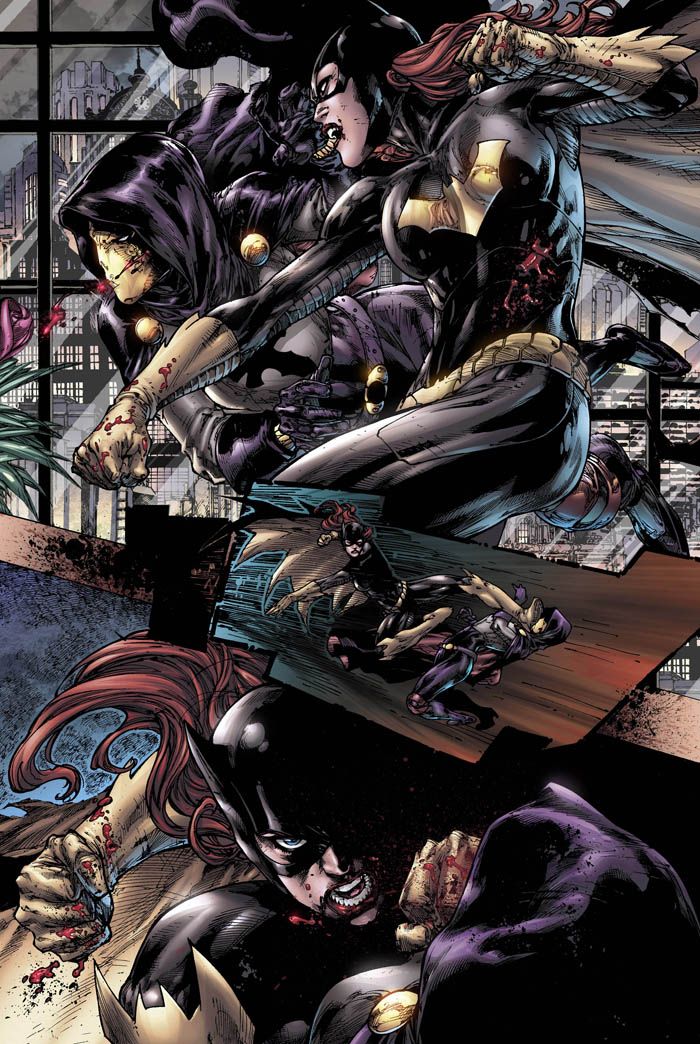
The digital medium has revolutionized comic art, demanding a fresh skillset from aspiring artists. Our carefully curated list of the top 10 gateway courses for mastering digital comic art provides an essential roadmap.
From exploring the basics to advanced techniques, these courses offer comprehensive training for the modern comic artist. Embrace this innovative transformation and start your journey towards mastering the craft of digital comic art today.
Exploring the Basics: Course One in Digital Comic Art
Course One's primary focus is on laying the foundation for understanding the fundamentals of digital comic art. This course guides learners in exploring various comic inspiration sources to develop a unique artistic style. It establishes the importance of merging traditional art principles with innovative digital techniques.
Through engaging discussions and creative exercises, students will be introduced to a multitude of genres, styles, and artists, enabling them to broaden their creative horizons and stimulate their artistic inspiration.
The course emphasizes the development of personal artistic style, encouraging students to experiment and innovate while staying true to their artistic voice. Course One is therefore not merely an introduction to digital comic art; it is a launchpad for artistic growth, innovation, and style development within the realm of digital comics.
Advancing Your Skills: The Second Gateway Course
Building upon the foundational knowledge acquired in the first course, the second gateway course not only deepens your understanding of digital comic art but also sharpens your skills through advanced techniques and complex projects. It enhances your abilities in character development and visual storytelling, two integral aspects of successful digital comic art.
This course focuses on:
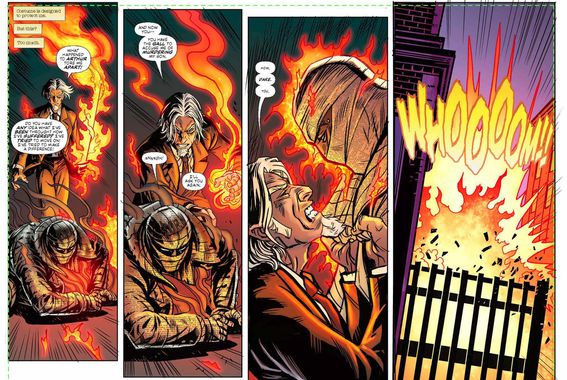
- Advanced digital techniques that bring your characters to life
- Storyboarding and visual narrative design to enhance storytelling
- Detailed character development strategies to create compelling personalities
This course provides a platform to explore innovative techniques, allowing you to push boundaries in digital comic art. By the end of this course, you'll be proficient in advanced digital comic art skills, ready to tackle more complex projects with confidence and creativity.
Digital Inking Techniques: The Third Course
Transitioning to the third gateway course, we turn our focus to the art of digital inking, a critical element in the creation of digital comics. This course guides you through essential tools for digital inking, exposes you to various inking technique practices, and assists in mastering line weight.
These elements, when learned and applied effectively, can dramatically enhance the visual impact and readability of your digital comic art.
In our journey to master digital comic art, the third course introduces us to the vital tools and techniques for digital inking. This module guides us through the rich array of inking software options and the nuances of digital brush selection.
The tools for digital inking are numerous, but some stand out for their innovative features and user-friendly interfaces:
Inking Software Options: This includes industry-standard tools like Adobe Illustrator and Clip Studio Paint, which offer a diverse range of brushes and pens for a customizable inking experience.
Digital Brush Selection: Understanding different brushes, their textures, and effects is fundamental. Brushes can be tweaked to vary line thickness, opacity, and flow to suit the artist's style.
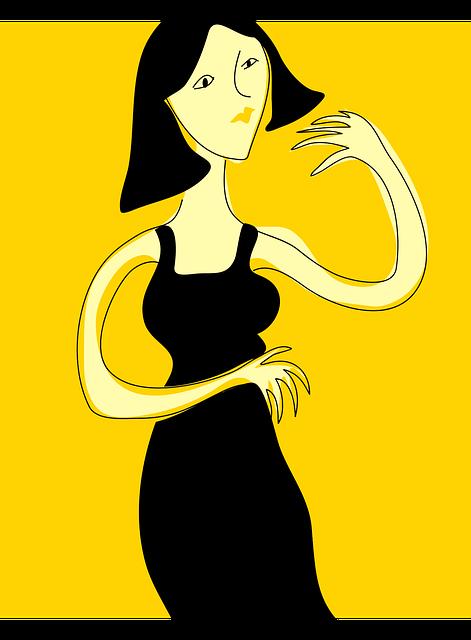
Graphic Tablets: Hardware like Wacom tablets can significantly enhance precision and control in digital inking, replicating the feel of traditional tools.
Inking Technique Practices
How do we effectively apply these tools for digital inking, and what best practices should we employ to master the art of digital inking?
The answer lies in diligent practice and smart utilization of inking software options and brush choices. Your inking software should allow for a varied range of strokes, from thick, bold lines to light, delicate ones, all dependent on the pressure you apply on your digital pen.
Brush choices are equally crucial; experiment with different types and sizes to understand their unique impacts on your artwork.
Mastering digital inking is not just about replicating traditional inking techniques, it's about embracing the new possibilities that digital tools provide.
Never cease exploring and refining your technique, and remember, the digital realm is a playground for innovation.
Mastering Line Weight
The third course in our series introduces the critical concept of line weight, an essential aspect that every digital comic artist must master to create depth and dimension in their work. It helps to emphasize project elements, set the visual tone, and establish the artist's unique style.
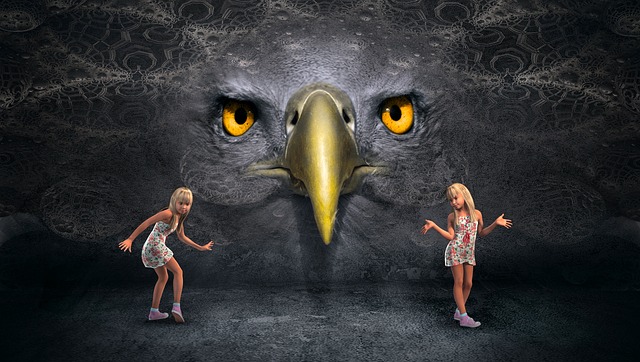
Understanding Line Thickness: This is the backbone of line weight. A thicker line can denote foreground objects, while a thinner line can suggest distance.
Brush Settings: Your go-to tool for manipulating line weight. Experiment with differing brush settings to achieve diverse line weight outcomes.
Practice: Like any other skill, mastering line weight demands consistent practice. It's a journey of trial, error, and discovery.
Line weight mastery is an innovation gateway for digital comic art; it's the subtle difference between a flat comic and a lifelike experience.
Mastering Digital Coloring: The Fourth Step in Your Journey
As you progress in your artistic journey, mastering digital coloring becomes an essential skill to enhance your digital comic art proficiency. To fully bring your characters and scenes to life, understanding color blending techniques and digital shading methods is crucial.
Color blending techniques allow you to create depth and dimension in your artwork, achieving a more realistic look. Meanwhile, digital shading methods add a layer of sophistication to your pieces, offering the illusion of light and shadow. Both techniques combined can dramatically improve the overall visual impact of your digital comic art.
Creating Dynamic Characters: Fifth Course Overview
In this fifth course, you will delve into the art of creating dynamic characters, a fundamental aspect of digital comic art, and learn how their design can effectively drive the story forward. This course focuses on the importance of developing complex character motivations and emotional expressions, key elements in creating engaging narratives.

We will explore how to construct compelling Character Motivations that shape the narrative and allow readers to connect with your characters on a deeper level.
We will also delve into the subtleties of Emotional Expression, revealing how the right blend of visuals and dialogue can evoke strong feelings in the audience.
Finally, we will discuss the importance of character dynamics, illustrating how the interactions between your characters can influence the tone and direction of your story.
This course will equip you with the tools to bring your characters to life, enhancing your storytelling prowess.
Course Six: Developing Engaging Storylines
Building upon the principles learned in the previous courses, Course Six delves into the art of developing engaging storylines, where plot dynamics and character development unite to form compelling narratives.
Here, students will cultivate a deep understanding of plot development, exploring how to intertwine various story arcs, and how to effectively use suspense, conflict, and resolution.
In tandem, character motivation is explored in depth, as it is a catalyst for narrative progression. Students will learn to fashion believable motives that drive characters to action, making the story more immersive for readers.
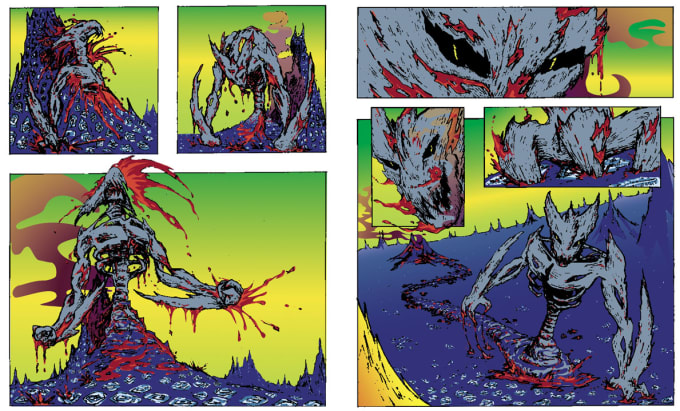
This course inspires creativity while emphasizing the importance of logical narrative structure. It's a master key, unlocking the door to crafting captivating, innovative digital comic art.
The Art of Panel Layout: Course Seven Details
Course Seven, The Art of Panel Layout, provides students with an extensive exploration into the critical role that panel layout plays in structuring the narrative flow and pacing of a digital comic. Through a blend of theory and practical exercises, students will grasp the nuances of Panel Sequencing and Narrative Pacing.
This course offers:
- A comprehensive understanding of how panels guide the reader's eye and pace the story progression.
- Techniques to use panel sequencing for delivering impactful narratives.
- Methods to manipulate narrative pacing within a panel layout to create tension, resolution, or surprise.
Course Seven will equip students with the innovative skills necessary to create compelling digital comic art that is not only visually interesting but also narratively engaging. This course is a crucial stepping stone towards mastering digital comic art.
Course Eight: Perfecting Your Digital Lettering Skills
Transitioning to Course Eight, we will refine our focus toward the crucial aspect of digital comic art: lettering. This course will guide you through the fundamentals of digital lettering, introduce you to the essential tools, and ultimately, elevate your skills with advanced techniques.
Recognizing the power of well-executed lettering, this course aims to enhance the readability and aesthetics of your digital comic art.
Understanding Digital Lettering Basics
Mastery of digital lettering, an abstract yet essential component of digital comic art, forms the core focus of our eighth course titled 'Perfecting Your Digital Lettering Skills'. This course aims to infuse a thorough understanding of digital lettering basics, emphasizing the significance of 'Font Selection' and 'Lettering Consistency'.
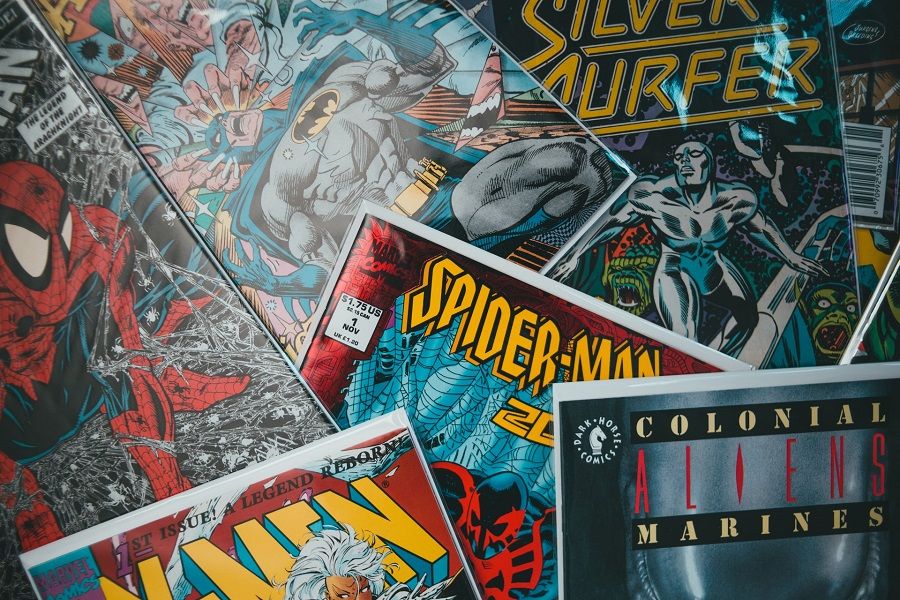
The key learning elements include:
- Recognizing and choosing the apt font that aligns with your comic's narrative style.
- Ensuring consistency in your lettering to maintain the flow and coherence of the storyline.
- Harnessing the power of digital tools to refine and enhance your lettering skills.
As we delve into these fundamental aspects, you will gain confidence in your lettering abilities, enriching your overall digital comic artistry. With innovation as our guiding principle, this course will enable you to transform your creative vision into compelling digital narratives.
The eighth installment of our program delves into a comprehensive exploration of numerous digital tools designed to perfect your lettering skills in the realm of digital comic art.
We focus on innovative aspects like Tool Customization and Font Selection, which are paramount in creating distinctive comic stories. Mastering these can transform your work from amateurish to professional.
Tool Customization allows for a personal touch, modifying tools to suit your unique style. Equally important is Font Selection, which has the power to set the tone of your comic, breathing life into your characters' dialogues.
This course offers a balance of theory and hands-on practice, empowering you to explore and experiment with various tools, fostering your growth as a digital comic artist.
Advanced Lettering Techniques
In this advanced course, one will delve deeper into the art of digital lettering, mastering techniques that can elevate the visual appeal and readability of your comic narratives. This course will guide you through the complexities of lettering styles exploration, allowing you to add a personalised touch to your comic narratives.
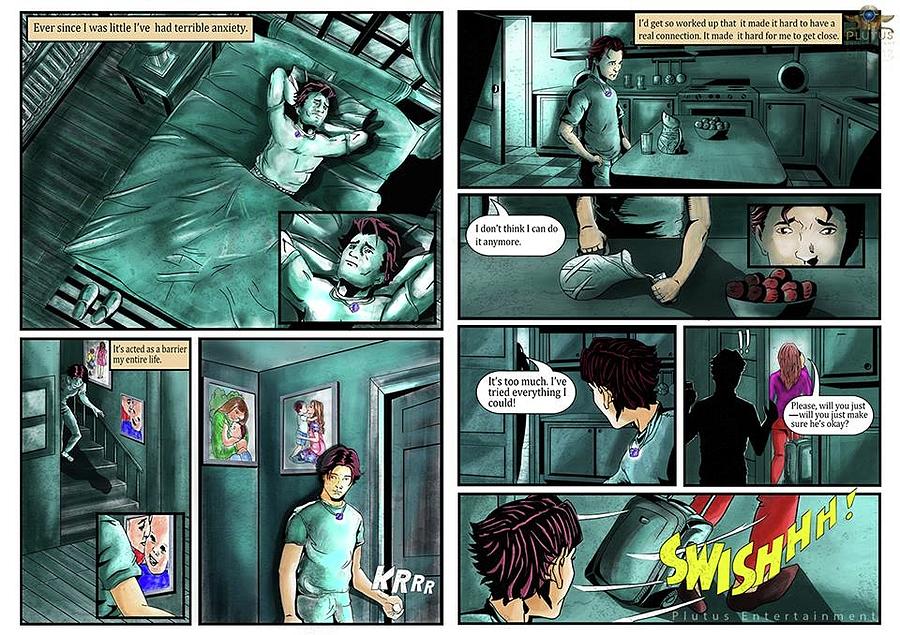
- Understand the impact of typography choices on your target audience.
- Learn how to use contrasting lettering styles to create dynamic and engaging comic pages.
- Study the role of spacing and alignment in achieving a smooth reading flow.
These advanced lettering techniques will help you unlock innovative ways to communicate your narratives visually. The perfect typography choices impact the overall aesthetic and mood of the comic, enhancing the storytelling experience for the reader.
Advanced Techniques: A Look at Course Nine
Delving further into our journey, one will encounter Course Nine, where a plethora of advanced techniques are introduced to refine the craft of digital comic art.
This course, renowned for its rigorous Course Nine Critiques, is the crucible where aspiring digital artists are forged into masters.
It presents a comprehensive study of the latest Digital Art Trends, giving students an edge in this rapidly evolving field.
The course covers advanced shading, texturing, and lighting techniques that breathe life into digital illustrations, making them almost leap off the screen.
Students learn how to create dynamic compositions and develop unique art styles.
Course Nine is not just about honing skills, it's about pushing the boundaries of creativity and innovation, setting the stage for the final course in our series.

Course Ten: Pulling It All Together - the Final Gateway
As we reach the pinnacle of our digital comic art journey, Course Ten stands as the ultimate gateway, integrating all the skills we've gathered thus far.
This final stage is designed to challenge your creative abilities through a comprehensive project, allowing you to demonstrate your mastery of the art form.
The course encourages iterative learning, offering constructive feedback to hone your craft and optimize your artistic growth.
Final Project Overview
Upon completion of the preceding nine courses, the final project serves as a comprehensive platform for showcasing the acquired skills in digital comic art. This project is driven by your motivation to create a unique piece of digital comic art, showcasing your style and creativity. Successful time management is key to ensure the project's completion within the stipulated period.
Project motivation: Your inspiration and drive should reflect in the art. Aim to create a piece that is unique and representative of your style.
Time management: Plan your work schedule effectively. Breakdown your tasks and allocate specific time slots to each.
Unique style: Use this opportunity to develop and showcase your distinct style. This final project serves as a testament to your learning journey.
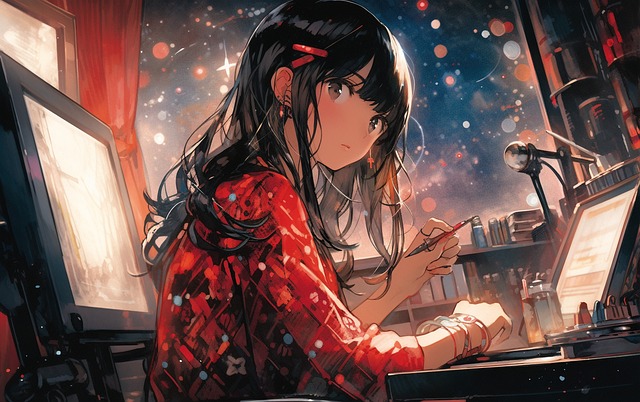
Skills Integration
Undoubtedly, the tenth course serves as the grand culmination of the learning journey, integrating all the skills and techniques acquired through the previous gateway courses into one comprehensive final project.
Utilizing Digital Texturing Techniques, students create intricate details that enhance the aesthetic appeal of their artwork. Realistic Shading Essentials impart a three-dimensional quality, transforming flat images into lifelike representations.
Within this framework, students experiment, innovate, and solidify their unique artistic style. The process of skills integration is not merely a mechanical exercise but an opportunity for creative expression.
This course embodies the essence of digital comic art mastery, with successful completion signifying readiness to explore the boundless potential of the digital art landscape.
Feedback and Improvement
The final course not only encompasses the culmination of the learned skills, but also emphasizes the importance of feedback and improvement for mastering digital comic art. It serves as the springboard towards innovation, pushing the boundaries of your digital comic art ability.
As part of this course, there are three key elements to focus on:
- The importance of critique: Constructive criticism from peers and experts is invaluable in refining your style and approach.
- Peer assessment: Reviewing the work of others can offer fresh perspectives, stimulate new ideas and help identify your own strengths and weaknesses.
- The cycle of feedback and improvement: This iterative process is the backbone of mastering any craft, including digital comic art.
Frequently Asked Questions
What Are the Career Prospects After Mastering Digital Comic Art?
After mastering digital comic art, career prospects are diverse and promising. They include freelancing opportunities, working with publishing houses, or showcasing work at comic art festivals. The industry values innovation and creativity immensely.
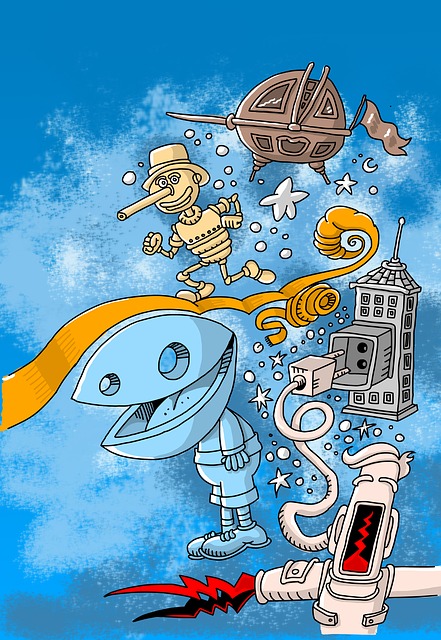
Are There Any Prerequisite Skills or Knowledge Required Before Taking These Courses?
Yes, prerequisite skills for these courses include an artistic aptitude and familiarity with digital software. Prior knowledge in drawing, design basics, and experience with software like Photoshop or Illustrator can be highly beneficial.
Can These Courses Be Taken Online, and Do They Offer Flexible Learning Hours?
Yes, these courses offer great accessibility through virtual learning platforms. They are designed to be taken online, providing flexibility in learning hours to accommodate diverse schedules and lifestyles.
Are There Any Additional Resources or Recommended Readings to Supplement These Courses?
Yes, supplementing the courses with additional resources, such as books on artistic inspiration and affordable online tutorials, can enhance learning. Recommendations will vary depending on the course and instructor's guidance.
Will These Courses Provide Students With a Certification or Degree in Digital Comic Art?
While these courses certainly enhance students' digital comic art skills, course completion may not result in specific certification or degree. However, tutor expertise and course affordability make them invaluable for personal and professional development.
 Digital Art InstructionDIY Infographics DesignMobile Game ArtworkPersonalized Logo Design3D AnimationeBook Covers DesignPrivacy PolicyTerms And Conditions
Digital Art InstructionDIY Infographics DesignMobile Game ArtworkPersonalized Logo Design3D AnimationeBook Covers DesignPrivacy PolicyTerms And Conditions
